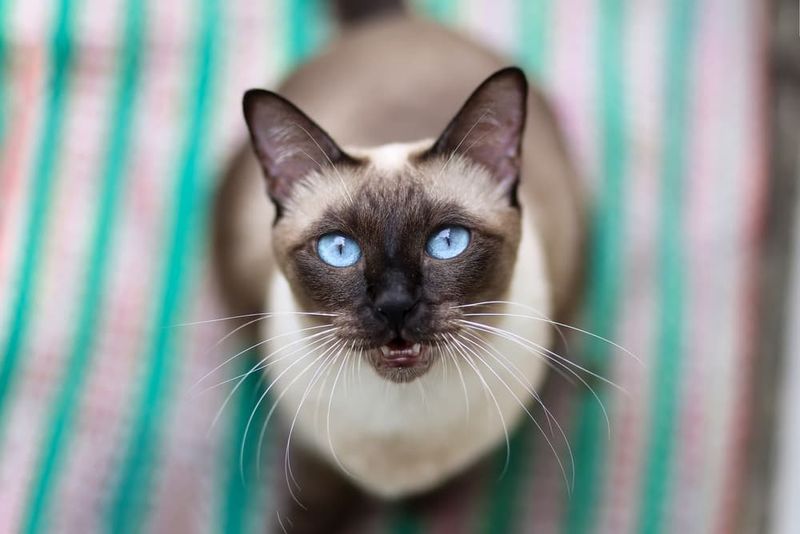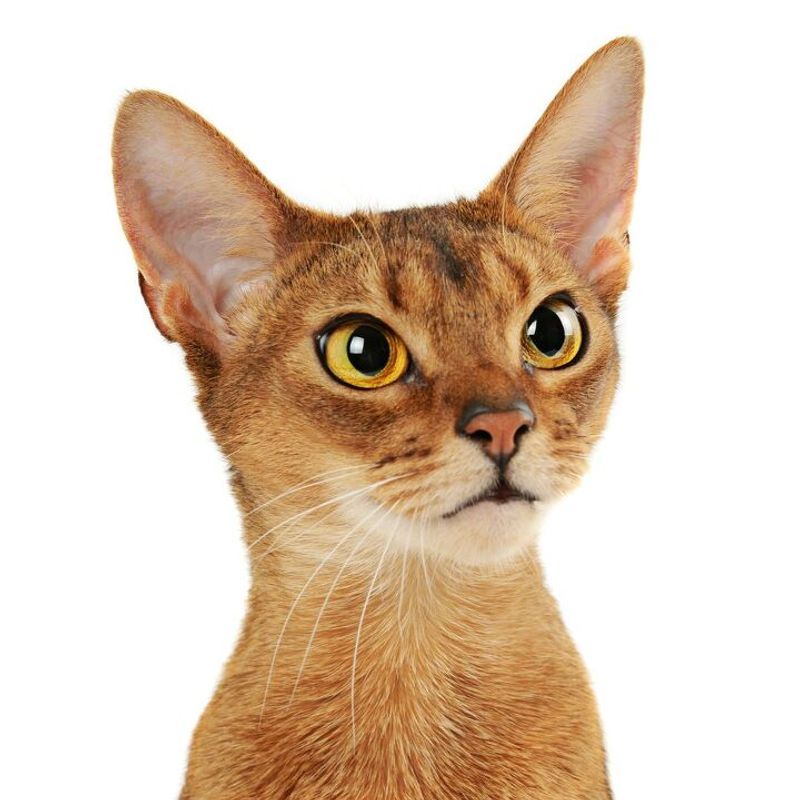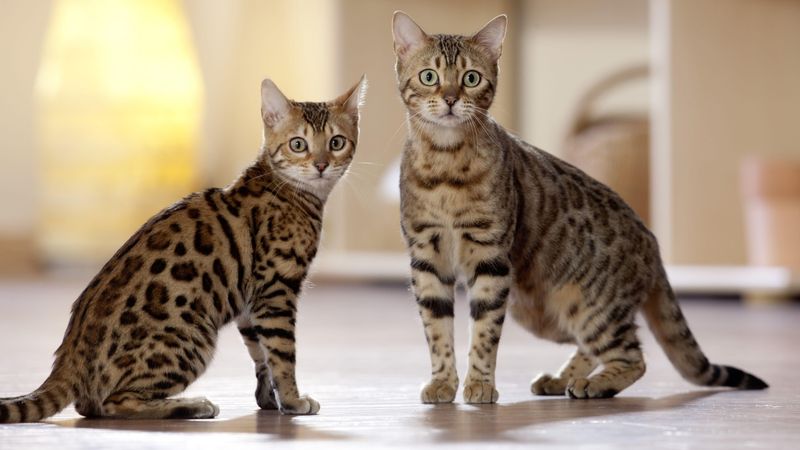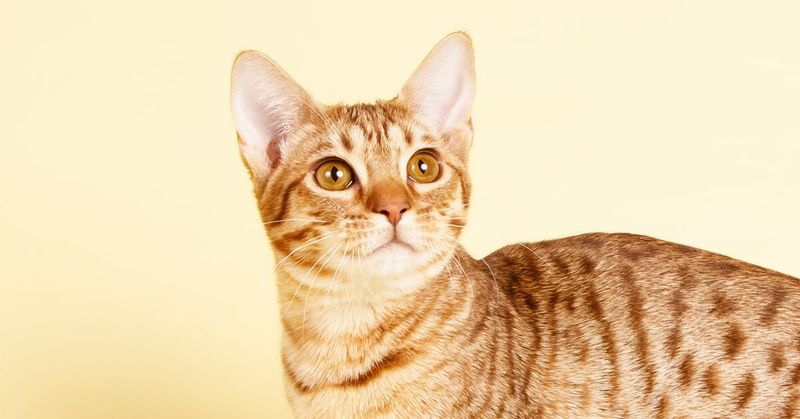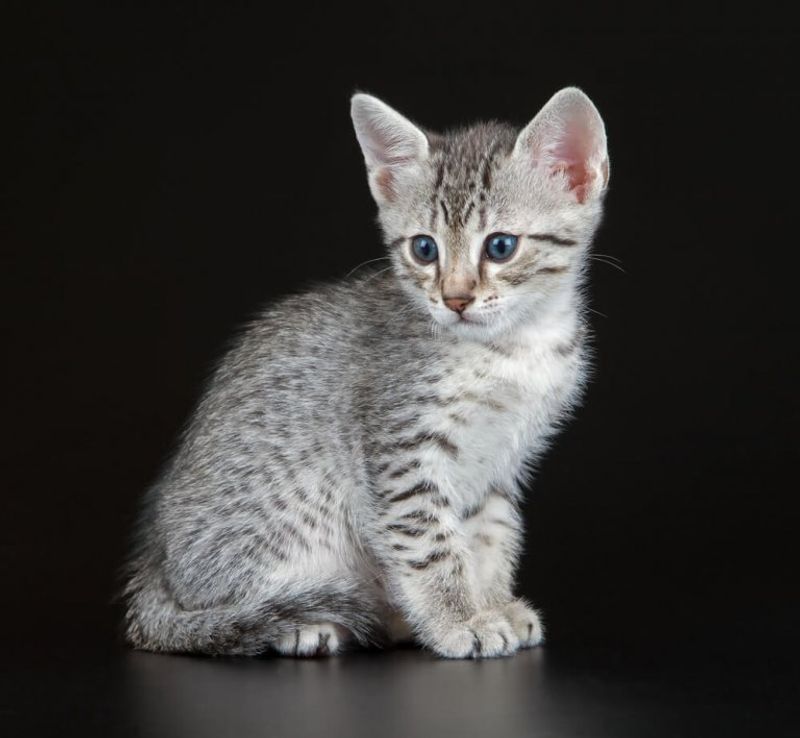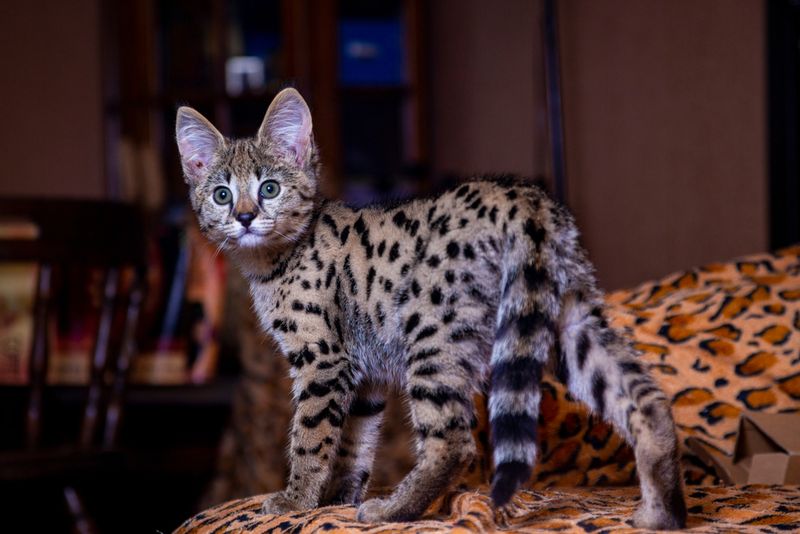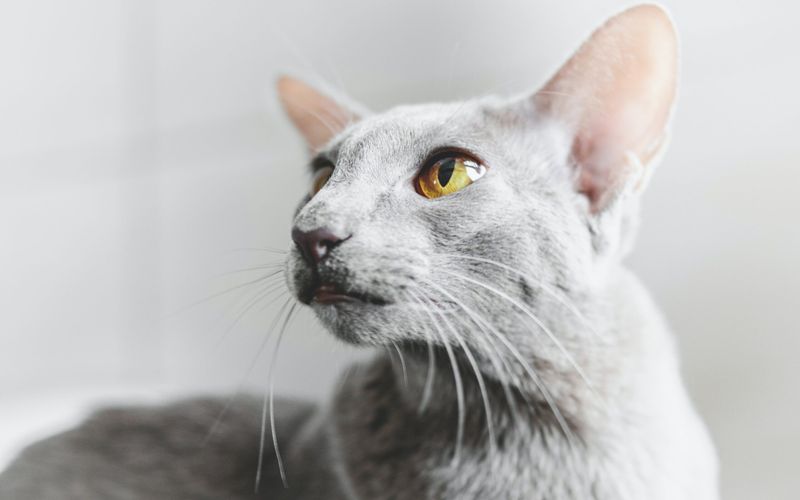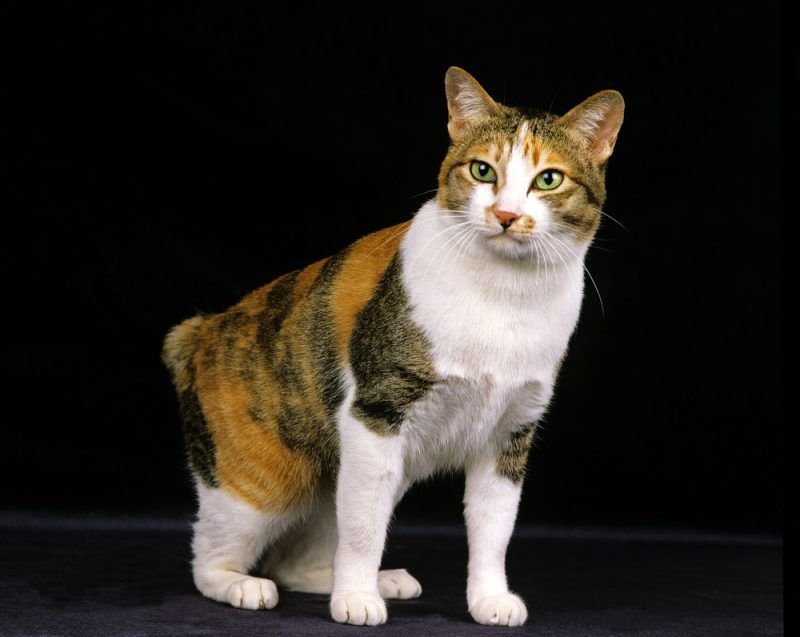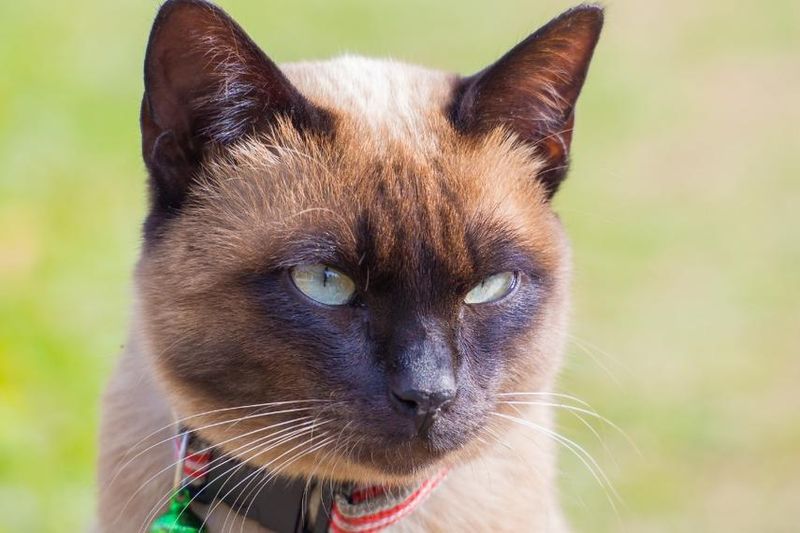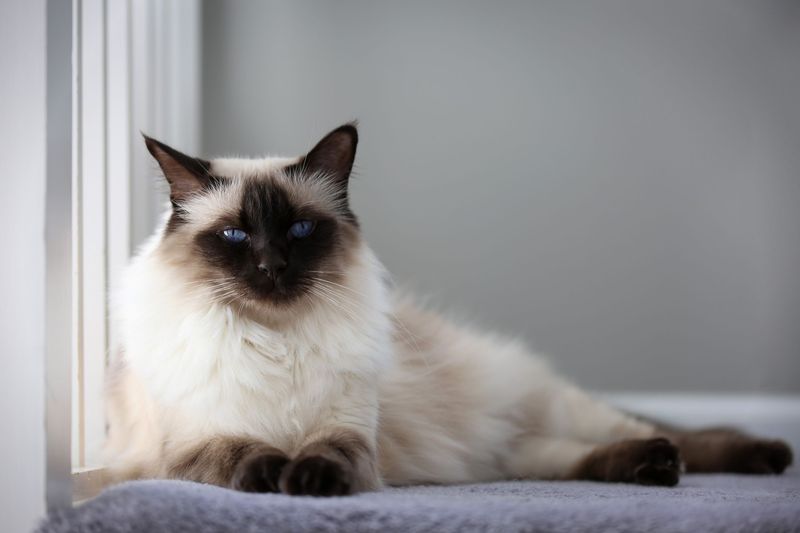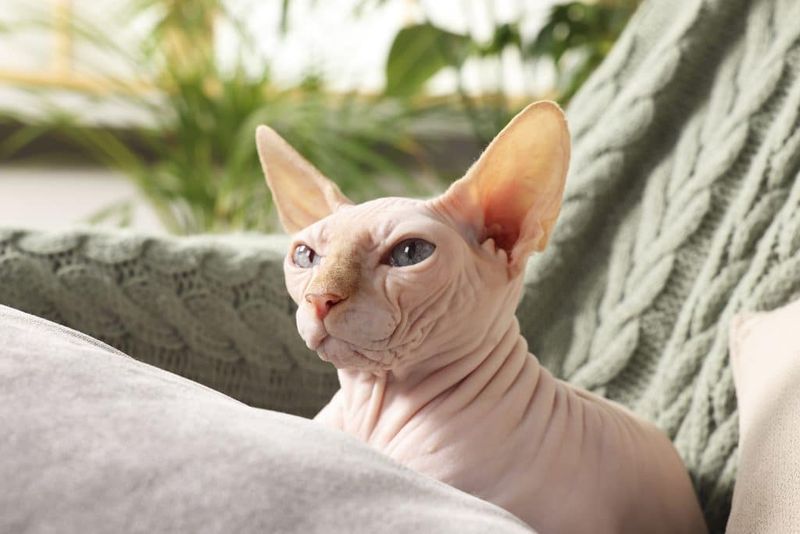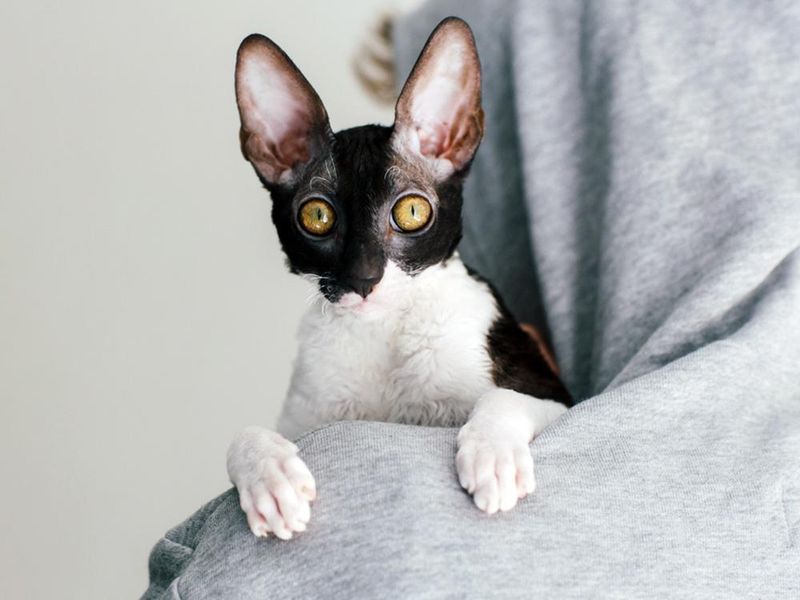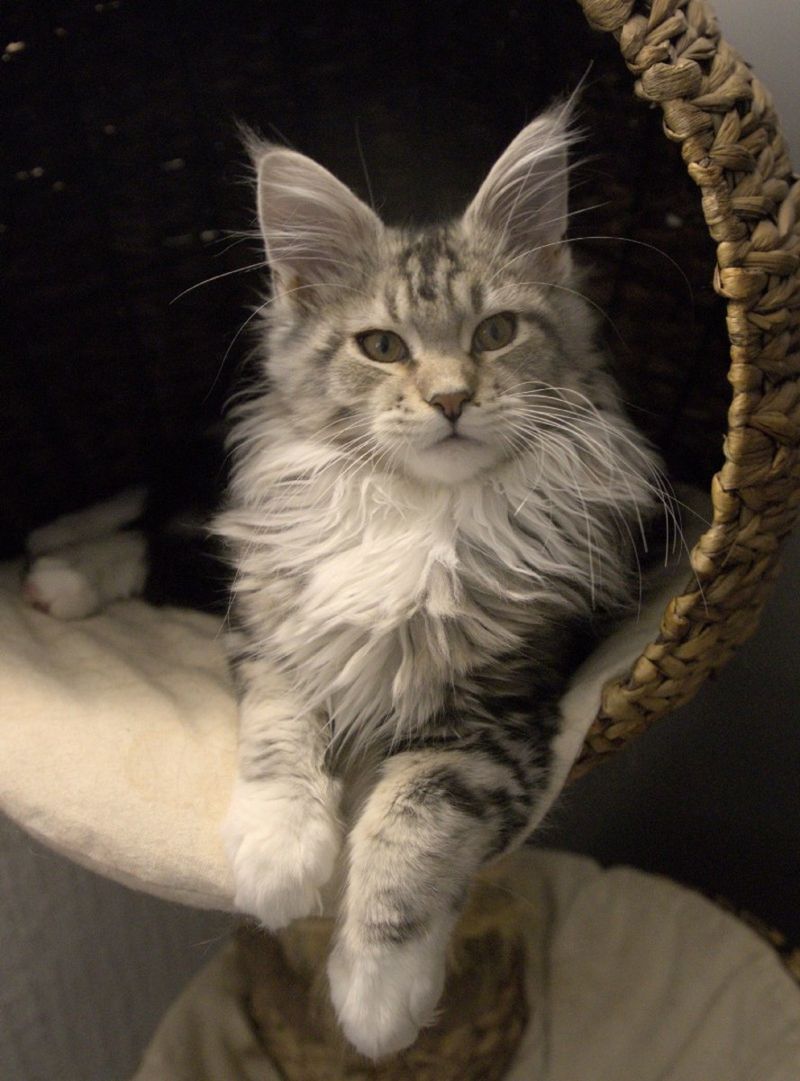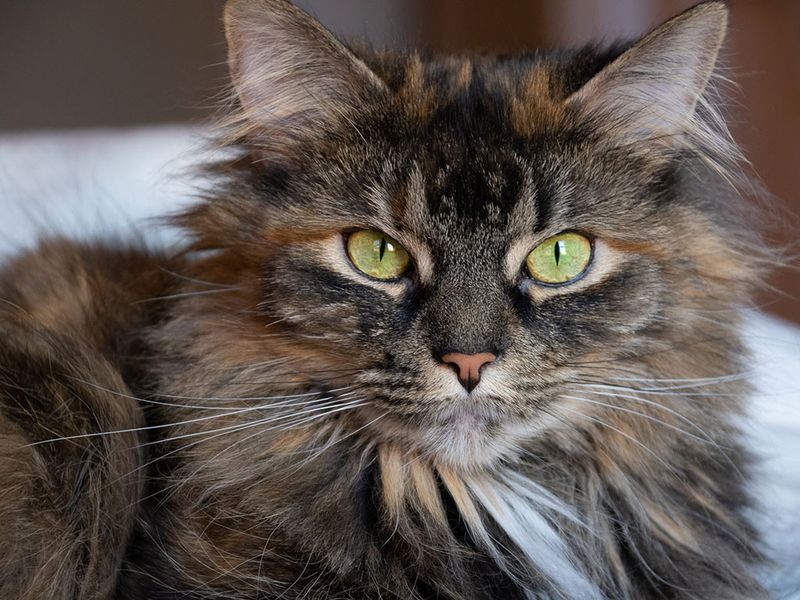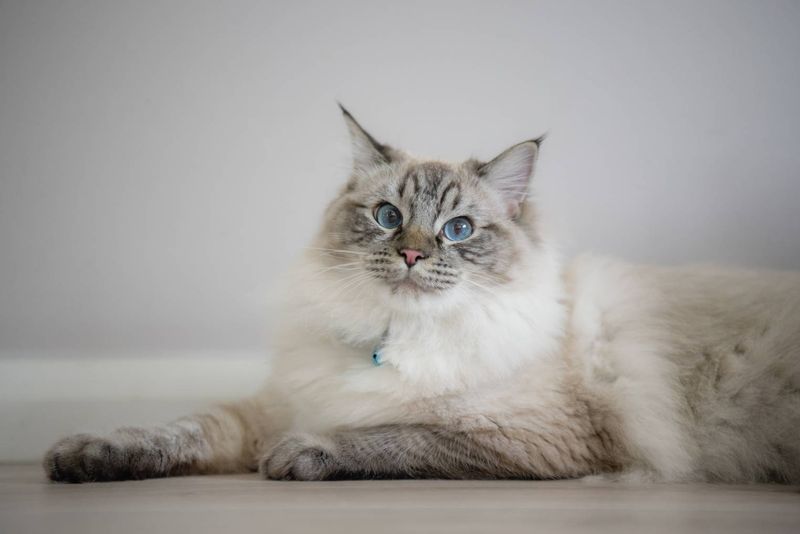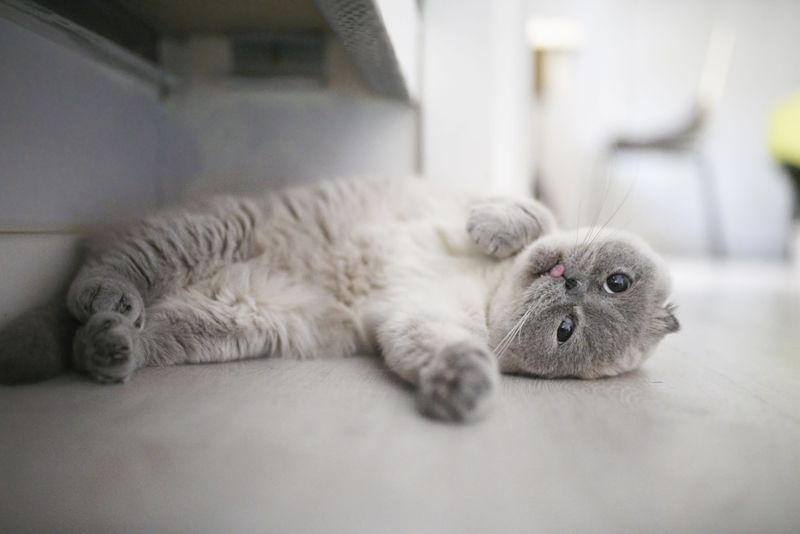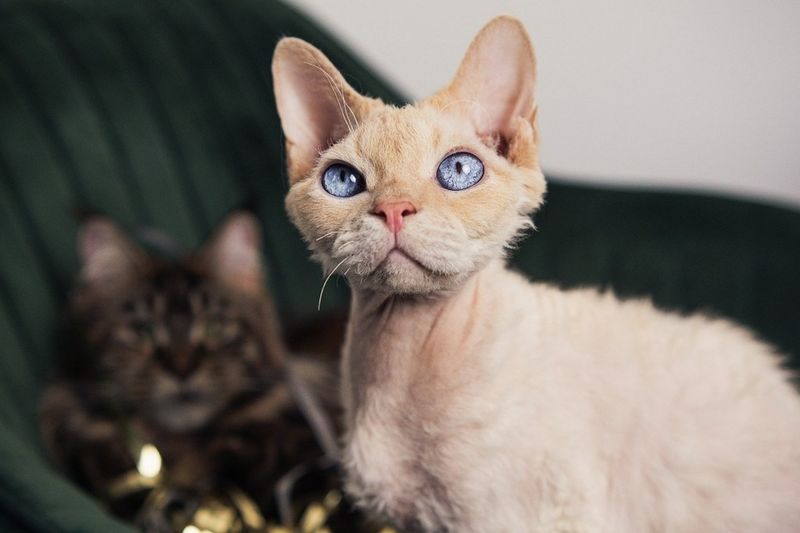📖 Table of Content:
Cats have long been admired for their intelligence, independence, and problem-solving abilities. Some breeds stand out for their exceptional smarts, showing remarkable aptitude for learning tricks, solving puzzles, and even understanding human emotions. From chatty companions to strategic hunters, these brainy felines combine beauty with brains in ways that continue to amaze cat lovers worldwide.
20. Siamese
Siamese cats rule the feline intelligence charts with their extraordinary communication skills. These blue-eyed beauties use over 100 distinct vocalizations to express their needs, making them masterful at training their humans rather than the other way around.
Highly social and emotionally aware, Siamese cats form deep bonds with their families and can sense mood changes with uncanny accuracy. Their problem-solving abilities are legendary among cat behaviorists.
Originally from Thailand (formerly Siam), these cats served in royal palaces where they developed their people-oriented intelligence. Their curious nature drives them to investigate everything in their environment, often figuring out how to open doors and cabinets.
19. Abyssinian
Athletic and agile, Abyssinians approach life as one big puzzle waiting to be solved. Their alert minds constantly process information, making them quick learners who thrive on interactive play and mental challenges.
Nicknamed “Aby-silly-nians” by devoted owners, these cats combine intelligence with a playful spirit. They remember where toys are hidden and develop elaborate strategies to reach high perches or forbidden areas.
One of the world’s oldest known cat breeds, Abyssinians retain the sharp instincts of their wild ancestors. Their ticked coat pattern resembles that of African wildcats, while their keen minds make them exceptional hunters who can track prey movements with calculated precision.
18. Bengal
With sharp instincts and high intelligence, Bengals blend their wild heritage into domestic life. They’re known for figuring out light switches, unlocking basic latches, and flushing toilets simply out of curiosity about water.
Their exceptional memory allows them to remember solutions to puzzles months after first encountering them. Bengals combine physical prowess with mental agility, making them champion problem-solvers who rarely give up on a challenge.
Developed by crossing domestic cats with Asian leopard cats, Bengals retain the survival intelligence of their wild ancestors. Many Bengal owners report their cats developing specific routines and games that demonstrate remarkable pattern recognition and adaptive thinking.
17. Burmese
What makes Burmese cats truly special is their emotional insight. They can interpret facial cues and body language so well, they often appear at your side exactly when you need a gentle presence.
These golden-eyed companions excel at interactive games and can learn commands typically associated with dogs. Their people-oriented nature makes them quick to understand household routines and expectations.
Originally from Burma (now Myanmar), these cats were considered sacred in their homeland. Their cooperative nature means they readily adapt to new situations and can coordinate with other pets in multi-animal households, showing a social intelligence that many cats lack.
16. Ocicat
Despite their wild spotted appearance, Ocicats possess a thoroughly domestic intelligence focused on human interaction. These spotted athletes can learn to walk on leashes, play fetch, and respond to verbal commands with consistency that rivals many dog breeds.
Their problem-solving skills extend to figuring out how to open doors, cabinets, and even refrigerators when motivated. Ocicats combine high energy with focused attention, making them exceptional students during training sessions.
Created through selective breeding without any wild cat genes, Ocicats demonstrate how domestic cat intelligence can be enhanced through careful breeding. Their social nature means they use their smarts cooperatively rather than independently, often working with their humans rather than pursuing solo missions.
15. Egyptian Mau
With minds as quick as their legs, Egyptian Maus excel at rapid decision-making. Their ability to hit speeds of 30 mph while navigating with pinpoint accuracy reveals a remarkable connection between brain and body.
Their spotted coats hide minds capable of solving multi-step puzzles and remembering solutions for extended periods. Egyptian Maus show remarkable spatial awareness, calculating jumping distances and landing spots with mathematical precision.
Ancient Egyptian art depicts these cats as revered companions, suggesting their intelligence has been valued for millennia. Their hunting prowess combines patience with explosive action, demonstrating their ability to analyze situations and act at precisely the right moment.
14. Savannah
Savannah cats bring wild intelligence to domestic settings, approaching problems with creative solutions that often surprise their owners. Their hybrid vigor gives them mental processing power that combines the best of domestic cats with the survival intelligence of their serval ancestors.
Highly trainable and food-motivated, Savannahs quickly learn household rules while constantly testing boundaries. They remember experiences with remarkable clarity and adapt their behavior based on past outcomes.
Tall and athletic, these spotted cats use their physical abilities to execute plans their minds devise. Savannah owners often need to “Savannah-proof” their homes against these clever cats who can open doors, disable simple locks, and coordinate multi-step processes to achieve their goals.
13. Oriental Shorthair
Life is an intellectual playground for Oriental Shorthairs. These observant and analytical cats are always working out social patterns or figuring out the mechanics behind their favorite toys.
These cats form complex associations between events, often anticipating routines before they begin. Their exceptional memory allows them to recall where prized toys were last seen or which cabinet holds treats, even after significant time has passed.
Related to Siamese but with broader color variations, Orientals share the same neural architecture that supports advanced problem-solving. Their expressive faces reflect active minds that process information continuously, making them quick to learn new skills through observation alone.
12. Japanese Bobtail
Agile in both body and mind, Japanese Bobtails thrive in changing environments. Recognizable by their short, bobbed tails, they quickly grasp household rhythms and modify their behavior to fit new circumstances.
Highly social and communicative, Japanese Bobtails develop unique vocalizations tailored to their specific humans. Their problem-solving often involves social manipulation, using charm and communication to achieve their goals.
Considered lucky in Japan for centuries, these cats appear in ancient artwork and literature as clever companions. Their balanced temperament combines playfulness with thoughtfulness, allowing them to assess situations before acting and learn from each interaction with their environment.
11. Tonkinese
Blending the wit of Siamese with the sensitivity of Burmese, Tonkinese cats are socially intelligent and emotionally tuned in. They read people effortlessly and often take on the role of emotional hub in the household—with a flair for getting their way.
These medium-sized cats with distinctive aqua eyes learn tricks readily and can understand an impressive vocabulary of human words. Their intelligence has a distinctly cooperative quality, making them excellent at multi-pet household diplomacy.
Developed in the 1960s through deliberate crossbreeding, Tonkinese combine the best mental traits of their parent breeds. Their balanced personality means they apply their intelligence practically rather than mischievously, solving problems in ways that benefit the entire household.
10. Balinese
Graceful and brainy, Balinese cats mirror their Siamese relatives in intellect but take a more thoughtful route. They’re known for pausing to analyze before reacting, making every move with intention and intelligence.
Highly attuned to human emotions, Balinese cats adapt their behavior to match their owner’s mood. Their communication skills include subtle body language alongside their melodious voices, creating a sophisticated multi-channel dialogue with their humans.
Despite their elegant appearance, these cats tackle puzzles with determined focus. Balinese owners often notice their cats watching and learning from human actions, later replicating complex behaviors like opening doors or operating simple mechanisms.
9. Sphynx
Sphynx cats prove that brains don’t require fur, demonstrating remarkable intelligence that contradicts their alien appearance. Their energy-efficient bodies support active minds that constantly seek stimulation through play, exploration, and social interaction.
These hairless wonders show exceptional emotional intelligence, becoming attuned to their owners’ feelings and often providing comfort during difficult times. Their need for warmth drives clever adaptations, like learning to manipulate blankets or snuggle with other pets.
Developed through selective breeding starting in the 1960s, Sphynx cats combine playfulness with problem-solving prowess. Their outgoing personalities showcase their intelligence through complex play behaviors and creative solutions to environmental challenges like finding the warmest spot in any room.
8. Cornish Rex
With their lifelong kitten-like curiosity, Cornish Rex cats view the world as a playground for learning. Their active minds thrive on exploration, using play to uncover patterns and understand how things work.
These cats remember the results of their investigations, building a knowledge base that informs future problem-solving. Their agile minds match their athletic bodies, allowing them to devise complex play strategies that showcase their understanding of physics and spatial relationships.
Originating from a genetic mutation in 1950s Cornwall, England, these cats combine distinctive appearance with distinctive thinking patterns. Cornish Rex owners report their cats developing signature moves for different situations, showing an ability to categorize experiences and develop appropriate responses.
7. Maine Coon
These gentle giants aren’t just big—they’re brainy too. Maine Coons demonstrate strong environmental smarts, and in polydactyl lines, their extra toes give them tool-like control, allowing them to interact with their surroundings with near-human precision.
Patient and methodical, Maine Coons approach challenges with careful consideration rather than impulsive action. Their social intelligence makes them excellent family cats who understand household dynamics and adjust their behavior accordingly.
Native to the harsh climate of the northeastern United States, Maine Coons developed intelligence focused on survival and cooperation. Their cognitive abilities include exceptional memory for routines and an understanding of cause and effect that helps them navigate complex environments.
6. Russian Blue
With a thoughtful and measured approach, Russian Blues prefer to watch and learn before acting. Behind their reserved nature lies a mind that’s always processing—mapping out every corner of their home and noting the habits of those who live in it.
These silver-blue cats excel at pattern recognition, quickly learning household routines and anticipating regular events. Their problem-solving style tends toward patience and observation rather than trial and error, resulting in elegant solutions when they finally act.
Originating from Russia’s cold northern regions, these cats developed intelligence focused on efficiency and careful resource management. Russian Blue owners often notice their cats watching and learning from mistakes – both their own and those of other household members – demonstrating their capacity for observational learning.
5. Norwegian Forest Cat
With a mix of rugged instincts and domestic wit, Norwegian Forest Cats are masters at environmental evaluation. They rapidly decode new territories, recognizing both potential benefits and risks with ease.
Their intelligence has a practical, resourceful quality that reflects their history as self-sufficient forest dwellers. Norwegian Forest Cats show exceptional spatial memory, remembering complex routes and the locations of important resources even after single exposures.
Featured in Norse mythology as the companions of Freya, these cats have been respected for their intelligence for centuries. Their problem-solving often involves physical manipulation, using their strong bodies and dexterous paws to overcome obstacles in ways that demonstrate clear understanding of physical principles.
4. Ragdoll
Known for their deep emotional intelligence, Ragdolls excel at connecting with people. Their piercing blue eyes reflect minds attuned to subtle cues, allowing them to read and respond to human emotions without direct communication.
Their learning style focuses on social rewards rather than food or play motivation. Ragdolls quickly understand household rules and expectations, showing a remarkable ability to adapt their behavior to different family members’ preferences.
Developed in the 1960s by breeder Ann Baker, Ragdolls were selected specifically for their docile yet responsive nature. Their intelligence manifests as exceptional adaptability, allowing them to thrive in diverse household situations by accurately assessing and responding to social dynamics.
3. Scottish Fold
Known for their creativity, Scottish Folds approach challenges with unique strategies. Their charming folded ears frame expressions of deep thought as they weigh options from different perspectives before acting.
These cats show remarkable object permanence, understanding that items continue to exist even when out of sight. Scottish Folds often develop complex play routines that demonstrate their understanding of cause and effect relationships.
Originating from a spontaneous mutation in a Scottish farm cat in 1961, these cats combine distinctive appearance with distinctive cognitive styles. Their intelligence has an adaptable quality, allowing them to adjust their strategies based on changing circumstances rather than persisting with unsuccessful approaches.
2. Turkish Van
Turkish Vans combine physical prowess with mental agility, most famously demonstrated in their unusual love of water. These cats quickly learn to turn on faucets, play with water features, and even fish objects out of water – behaviors requiring advanced understanding of physical properties.
Their problem-solving often involves persistence combined with trial-and-error experimentation. Turkish Vans readily adapt their strategies based on feedback, showing flexible thinking that allows them to overcome novel challenges.
Native to the Lake Van region of Turkey, these cats have been naturally selected for intelligence over centuries. Their distinctive auburn-marked heads and tails frame bodies containing minds that excel at both independent problem-solving and cooperative interaction with humans.
1. Devon Rex
Playful and cunning, Devon Rex cats are four-legged schemers who take pleasure in staying one step ahead of their humans. Their striking ears and eyes act as keen instruments, helping them plan their next mischievous adventure.
These wavy-coated cats excel at observational learning, watching humans operate mechanisms like door handles or cabinet latches before replicating the actions themselves. Their problem-solving often has a playful quality, turning everyday challenges into games.
Discovered in Devon, England in the 1960s, these cats possess intelligence with a distinctly impish quality. Devon Rex owners report their cats developing elaborate routines and games that demonstrate not just intelligence but a sense of humor rarely attributed to animals.

